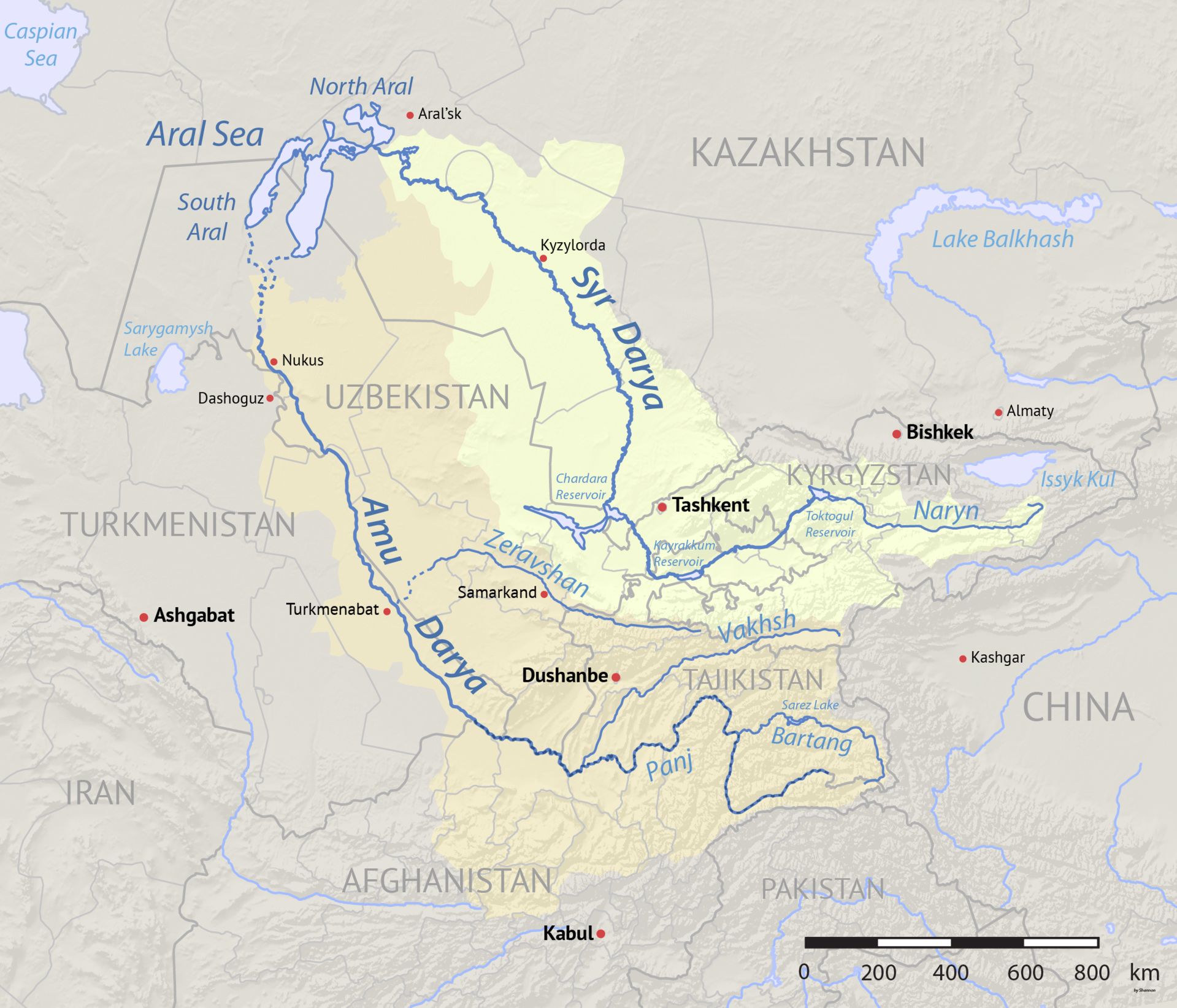| The Tragedy of the Aral Sea A Disaster Caused by Human Greed | |||||
| 작성자 | 문수저널 | 작성일 | 2024-10-02 | 조회수 | 80 |
|---|---|---|---|---|---|
|
How much do you know about the Aral Sea? Most people probably aren't aware that the Aral Sea is in danger. This article aims to educate readers about the Aral Sea and the risks it faces.
History and Current Status of the Aral Sea The Aral Sea is a saltwater lake in Central Asia, east of the Caspian Sea, stretching across northern Uzbekistan and southern Kazakhstan. Did you know that it was once the fourth-largest lake in the world? It provided various foods to residents and served as a significant port. However, human greed has led to its decline. Let's compare the past and present to understand the consequences of our actions. Past: In the 1960s, the Aral Sea was a vast lake covering about 68,000 square kilometers. Due to its size and salinity, it was called a “sea.” It supported a thriving fishing industry, with 173 species residing in its waters and an annual catch of 40,000 tons of fish. Present: By 2004, the Aral Sea’s area had shrunk to 17,160 square kilometers. In 2006, only 20 tons of fish were caught, and only 38 species remained. Satellite images from 2009 revealed a stark difference compared to earlier photographs. The central body of water completely dried up in 2020 and remained that way until 2023. In 2023, the South Aral Sea barely maintained its shape due to a slightly drier state than that in 2021. So, why did the once-massive Aral Sea shrink so drastically? Reasons for the Shrinkage of the Aral Sea The primary reason for the Aral Sea's shrinkage is cotton cultivation. It is astonishing how one agricultural practice could change everything. The decline of the Aral Sea began in the 1960s when the Soviet government decided to cultivate cotton in the desert areas near the Aral Sea. They diverted two major rivers, the Amu Darya and the Syr Darya, to irrigate cotton fields, cutting off the water supply to the Aral Sea. These two rivers are vital to the Aral Sea, supplying over 80% of its water. Consequently, the irrigation blocked the flow of water into the Aral Sea, leaving it dependent solely on rainwater. This caused its size to diminish significantly. Such drastic changes inevitably led to severe consequences. Consequences and Impact Salt Desert: One consequence is the creation of a salt desert. As mentioned, the Aral Sea was called a sea because of its salinity. After the Aral Sea dried up, the salt in the water remained on the land. Due to the high salinity, neither plants nor animals could survive. Additionally, when the wind blows, salt and pesticides used in cotton fields are carried into nearby villages, damaging crops and causing various respiratory diseases and eye problems among the residents. Dying Forests: The lush forests surrounding the Aral Sea began to wither due to the lack of water and the onslaught of salt sandstorms. This led to the disappearance of 90% of the forests around the Aral Sea, highlighting the severe impact. Job Losses: As evident from the past fishing yields, people who relied on the abundant fish in the Aral Sea for their livelihood lost their jobs. Consequently, residents around the Aral Sea started migrating to other cities. This article has explored the Aral Sea in detail. While restoring the Aral Sea to its original state may be challenging, we can help protect it through small actions, such as reducing our consumption of cotton by consciously buying clothes. Let’s use this opportunity to pay attention to the environment and ensure that past mistakes are not repeated. Kim Eun-Seo Reporter |
|||||


